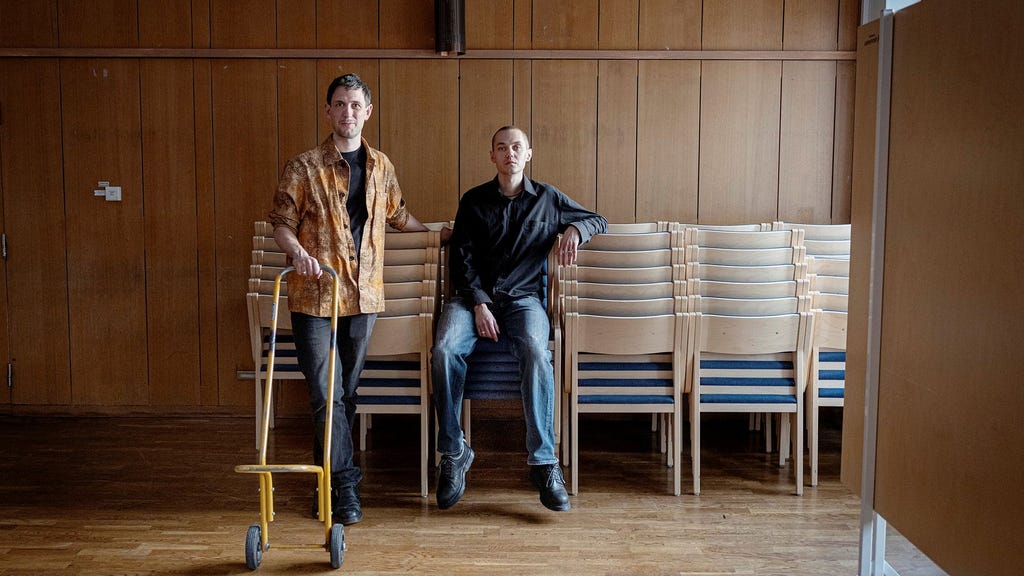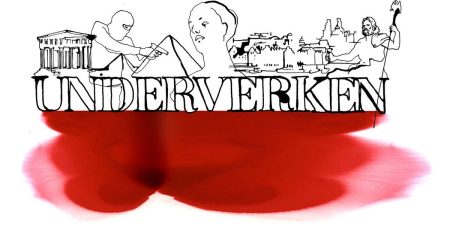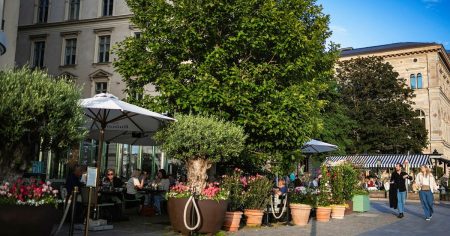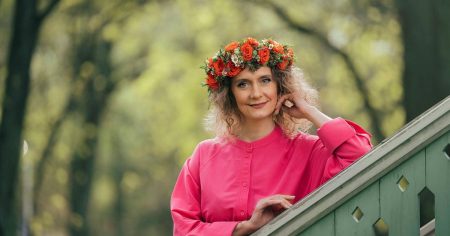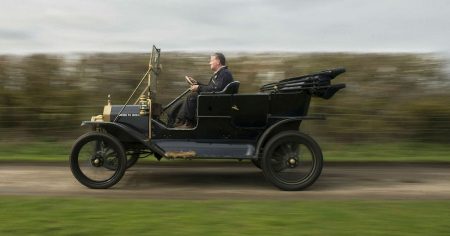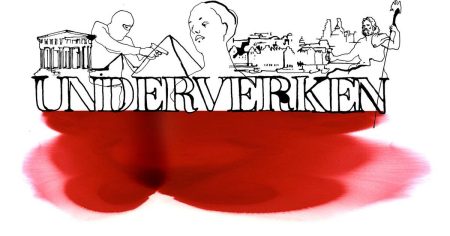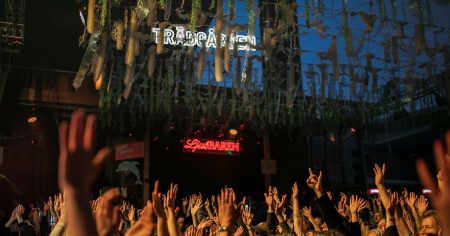The Vital Role of Community Centers in a Changing Society: A Case Study of Hägerstensåsens Medborgarhus
Hägerstensåsens Medborgarhus, a vibrant community center located west of Stockholm’s city center, buzzes with activity. On a Monday afternoon, the main hall is filled with attendees for an art dissertation, children playing, and a steady stream of new arrivals. This scene exemplifies the center’s role as a crucial hub for diverse community activities. The Royal Institute of Art has temporarily relocated some of its operations to the Medborgarhus, allowing its academic pursuits to interact with the established local community activities, creating a unique synergy between formal education and community engagement. This integration highlights the potential of community centers to bridge the gap between institutions and the public.
The Medborgarhus is more than just a building; it’s a dynamic ecosystem of social and cultural interaction. Managed by a dedicated team, including Sebastian Dahlqvist and Elof Hellström, the center hosts a multitude of activities ranging from study circles on crafts and political philosophy to a diverse array of member associations. With almost 300 participants engaged in study circles and nearly 50 member associations, the Medborgarhus caters to a wide spectrum of interests. From chess clubs and folk dancing to baby rave and a radio station broadcasting in languages underrepresented on national radio, the center adapts to the needs of its diverse users. The very name "Medborgarhus," meaning "citizen’s house," reflects its essential purpose as a space owned by and serving the community.
However, the success of Hägerstensåsens Medborgarhus unfolds against a backdrop of a nationwide decline in community spaces. Decades of urban development, commercialization, privatization, and public housing transformations have resulted in the closure of numerous community centers, libraries, and Folkets Hus (community centers historically associated with the labor movement). This trend, accelerated in the 21st century, has eroded the very fabric of community life and raises concerns about the long-term consequences. The loss of these vital spaces represents not only the disappearance of physical structures but also the potential loss of crucial opportunities for social connection, cultural enrichment, and democratic participation. This decline has left a void in many communities, making places like Hägerstensåsens Medborgarhus even more valuable.
The dwindling availability of community spaces directly contradicts the government’s encouragement of community preparedness and the formation of "safe points" for citizens during times of crisis. This paradoxical situation is compounded by budget cuts to cultural centers and study associations. The irony is stark: the government calls for increased community engagement while simultaneously undermining the very infrastructure that supports it. Fanny Carinasdotter, an artist and art consultant in Västerbotten, emphasizes the vital role these spaces play in fostering community connections, particularly for young people who may be less familiar with the benefits of organized activities. She witnesses firsthand the struggles of community centers to secure funding, often relying on small, dedicated groups to keep operations afloat. The competition for limited resources further exacerbates the challenges faced by these essential community hubs.
The history of community centers in Sweden dates back to the turn of the 20th century, a period marked by limited voting rights and widespread poverty. These spaces emerged as platforms for democratic discourse, cultural access, and the formation of political movements. The Folkets Hus movement, in particular, addressed a significant democratic deficit by providing a physical space for the burgeoning labor and suffrage movements. Similar initiatives emerged across Europe, reflecting a widespread need for accessible public spaces. The early decades of the 20th century witnessed a rapid expansion of these community centers, solidifying their place within the societal landscape. Government support for these initiatives, through funding and the establishment of arts councils, further reinforced the notion of art and culture as public goods accessible to all.
Hägerstensåsens Medborgarhus, built in 1957, exemplifies this historical trajectory. While recent decades have seen a focus on supporting existing associations, renewed efforts from the Stockholm municipality have prompted a broader program of activities and renovations. The center’s extensive facilities, including a café, exhibition space, library, printing press, and cinema, are a testament to its commitment to serving the community. Open long hours throughout the week, the Medborgarhus provides a vital resource for individuals seeking meaningful engagement, regardless of their financial means. The center’s dedication to public access reflects its core mission of fostering community and promoting inclusive participation.
The ongoing struggle for funding remains a constant challenge, forcing community centers to continually seek project-specific grants. Despite securing groundbreaking support as an exhibition organizer from the Swedish Arts Council, recent government cuts threaten the continuation of this vital funding. The precarious financial situation emphasizes the urgent need for sustained public investment in these essential community hubs. As society faces complex challenges, from global crises to individual struggles like mental health and loneliness, community centers offer a crucial space for connection, support, and shared experiences. Their role in strengthening social bonds and fostering a sense of belonging is more vital than ever. The ongoing efforts of individuals like Tina Larsson, who champions community engagement through art and culture at Ricklundgården in Saxnäs, highlight the transformative power of these spaces. The revitalization of cultural activities, including music, theater, and art workshops, demonstrates the potential of community centers to enrich lives and foster a sense of well-being. The success stories from Hägerstensåsens Medborgarhus and Ricklundgården serve as a powerful reminder of the vital role community centers play in fostering a vibrant and inclusive society. Their continued existence depends on recognizing their value and ensuring their sustained support for generations to come.





